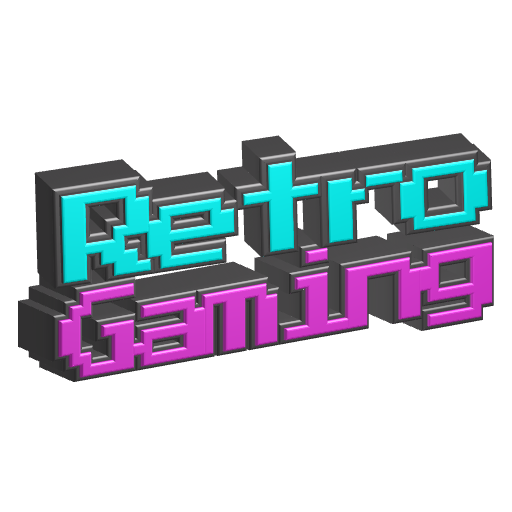

I am very excited. I am reading the comics at the moment, it’s a real pleasure to discover a new aspect of the licence I loved during my childhood. If they can keep up with what’s shown in the trailer, the game will be pretty fun :).


I am very excited. I am reading the comics at the moment, it’s a real pleasure to discover a new aspect of the licence I loved during my childhood. If they can keep up with what’s shown in the trailer, the game will be pretty fun :).


It’s called « Run ahead » in Retroarch: https://docs.libretro.com/guides/runahead/


No problem, I found it in my history :) https://game.watch.impress.co.jp/docs/preview/1626343.html


Just to add some information, what’s innovative here is that they are likely using a traditional machine learning model (eg: neural networks) to identify the corners of the screen and infer the position the gun is aiming at from this.
Sinden is aiming to do the same thing, but using older techniques known as compute vision. It adds a white border around the screen and uses those CV algorithms to find this rectangle. It is not AI at all.
The reason Sinden is doing this is because it is much more easier this way (and so it is fast to compute, and very accurate).
Whatever AI they use, it will likely be either less accurate and/or be very slow (imagine situations with low ambient light and the screen turning black). I have seen a review in japanese from journalists who tried it, and the response time was not great (and the team wants to divide it by 2 before release, which will still be worse than Sinden).
Another possibility could be there is no AI at all, and they exploit specificities of Time Crisis. When you shoot, the screen goes white for 1 or 2 frames. You don’t need AI to spot this frame and do something very similar to Sinden without using any border.
At this point, it might be too late to move the « cursor » to the right location, but emulators nowadays are able to apply inputs in the past, and « replay » internally the last frames in the background so that you cancel the native input lag of some games (which can make them more responsive than games running on real hardware). They could use this option and it’s done. You have a system only working on games like Time Crisis with white frames while shooting, with no white borders nor machine learning model.
TLDR; if they use AI (=machine learning) as they claim, there will be no constraint like existing alternatives (sensors / white borders), but it will likely be less accurate / responsive. For Time Crisis specifically, it’s possible to come up with a solution without those constraints nowadays, so it’s possible they have no AI at all and use the term for marketing purposes.
An amazing controller. I had not the chance to play it at the time, but the first impressions of the controller 10 years ago was incredible. I bought a Dreamcast shortly after :). I just ordered a GDEmu yesterday, can’t wait to get it :D.


Those remakes were really awesome, but I was a bit disappointed by Crash 3. It is one that I played a lot back in the days, and Jetski levels and rumble were very different from the original. For example, the first boss Tiger caused rumble at every jump, but we get nothing in the remake. The physics of jetski levels is very different, it constrasts a lot with the accuracy when reproducing the same base gameplay.


Not all characters are playable characters.
This game has been released on the Nintendo DS. The idea is to compose your own manga page on the bottom screen with well-known cells from multiple manga. Some cells represent playable characters, some are support characters (doing move as an assist) and others have just passive abilities.
The cells also reinforce each other if they are touching and have « something » in common (eg: from the same manga, or both are the main protagonist of their manga, …).
During the battle, you tap the cells on the touch screen to switch character or call support characters. That’s how they could integrate many characters, even if they do not fight.
I do not think they should be afraid of Analogue. It’s not like they release a new machine in 2 weeks. Also, they much prefer to sell 1 machine per console rather than an all-in-one machine.
Regardless of what they have, as a consumer, the SuperSega looks like a vaporware. It’s a very ambitious project and we have almost nothing that confirms they are able to build such machine.
Analogue is also very bad when communicating, but they have a good-enough track record (at least hardware-wise, software is usually bare-bones at launch).